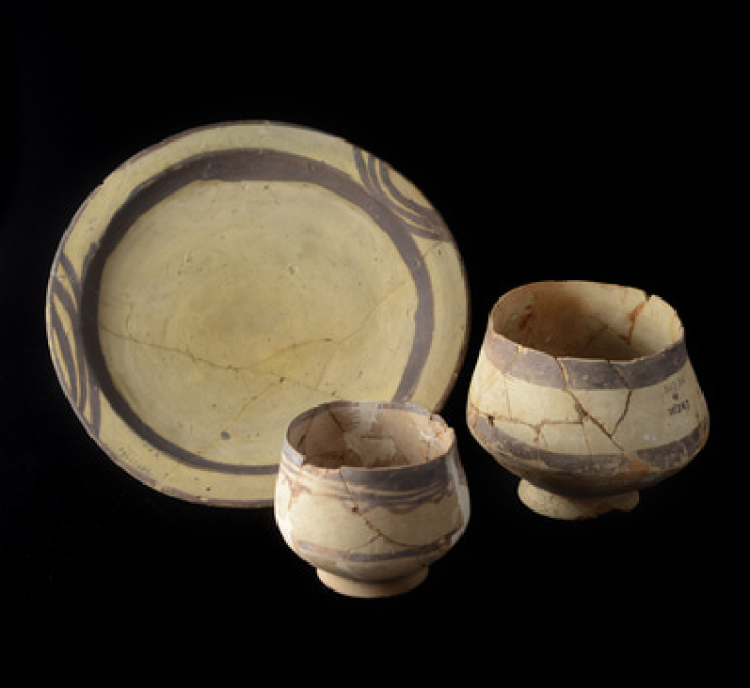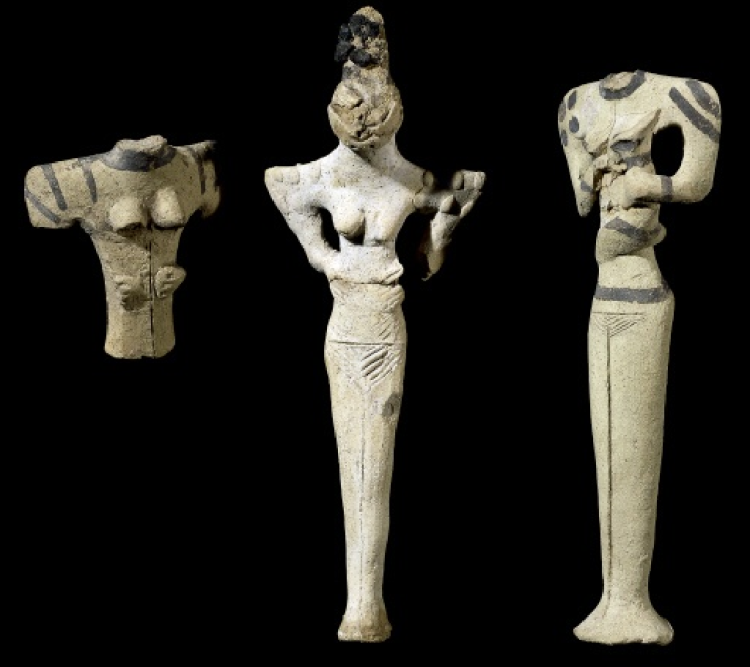The Ubaid Problem
- Ryan Moorhen

- May 15, 2015
- 3 min read
The Ubaid Problem | Obscurig The Sumerian Heritage
A shroud of mystery has been kept in the western world about the true origins of the Sumerian people. Some even relate Sumerians to the peoples of places like the Arabian Peninsula, Bahrain, or even with the peoples of hundreds of kilometers away, as far as Central Asia. Mostly, they base their claims on pottery found in Sumerian cities. Little or no “evidence” is then put forward to sustain such claims. To make matters even more ridiculous, so-called scholars excuse this incapacity to know by giving it a specific name, “The Sumerian Problem”; the problem of not knowing [not wanting to know, we should express] where Sumerians came from.
. To make the situation [artificially] far more obscure, these scholars have come up with a term they use to name findings about the early Sumerians, that is, the Ubaid period; after excavations of a site in today’s Tell al-Ubaid very near Ur. They had the audacity of making up a whole non-existent culture to talk about none other than the early Sumerians they say “they don’t know where they came from”.
After digging up pottery, some utensils, and anthropomorphic -human with animal head- figurines, [probably religious effigies (see images of Ubaid) from the very same Sumerian cities such as, Eridu, Ur, and nearby al-Ubaid], they started to refer to the alleged period of time when the pottery was used as the Ubaid period, roughly (7000 – 4000 BC). From that point on their creativity extended to invent a whole culture from pottery alone. They argue that because the pottery they found has certain charcateristics, material and art, the creators of such pottery must be a distinctive culture apart from the later [according to them] inhabitants of those cities, the Sumerians.

However, the problem is that culture cannot be absent from people. Scholar, or not, one should not make fantastic claims without demonstrating who did whatever is one claims to have happened. Theferfore in the absence of people, they had to have made the fantasy greater, and it became necessary for those scholars to create the “Ubaid folk”, and their culture.
But again, there’s no people, there are no “Ubaidians” because they don’t exist and have never existed. That pottery they so vehemently put forward represents their only “evidence”, they do not have any paintings, art of any sort, human shaped figurines, let alone DNA, to show what “their Ubaids” might have looked like, because Ubaidians are part of their imagination; they never existed.
That is their Ubaid problem, they made it up.

The V-shaped carvings, in the “Ubaid” period anthropomorphic figurines, graphically refer to a woman’s vagina, and is a characteristic of human non-anthropomorphic shaped figurines and art of the Sumerian. This most likely shows that this art and the Sumerian art were created by the same people. The figurines are early Sumerian, but nonetheless Sumerian.

More recently in this 21st Century, those who still support this non-sense theory, have claimed that skeletal material “rediscovered” from Leonard Woolley’s lowest layer excavation of Ur are from their Ubaid period, and therefore they’re Ubaidians. The problem with that is that “their people” were found in a Sumerian temple, in a Sumerian city, Ur.
They are SUMERIANS. They are not the “Ubaid folk” because, they do not exist. Ubaid then is a misrepresentation of the early Sumerian culture.
It is outrageous that whole papers and even books, go on and on and on talking about “Ubaid” without mentioning one single time the word Sumer or Sumerian. Why does the Sumerian culture keep being obscured, misrepresented, and relegated in favor of later cultures whose peoples inherited everything from KI.EN.GIR {Sumer}.
If Ubaid is a term used to misrepresent Sumer, then who were the Sumerians, where did they come from?



Comments